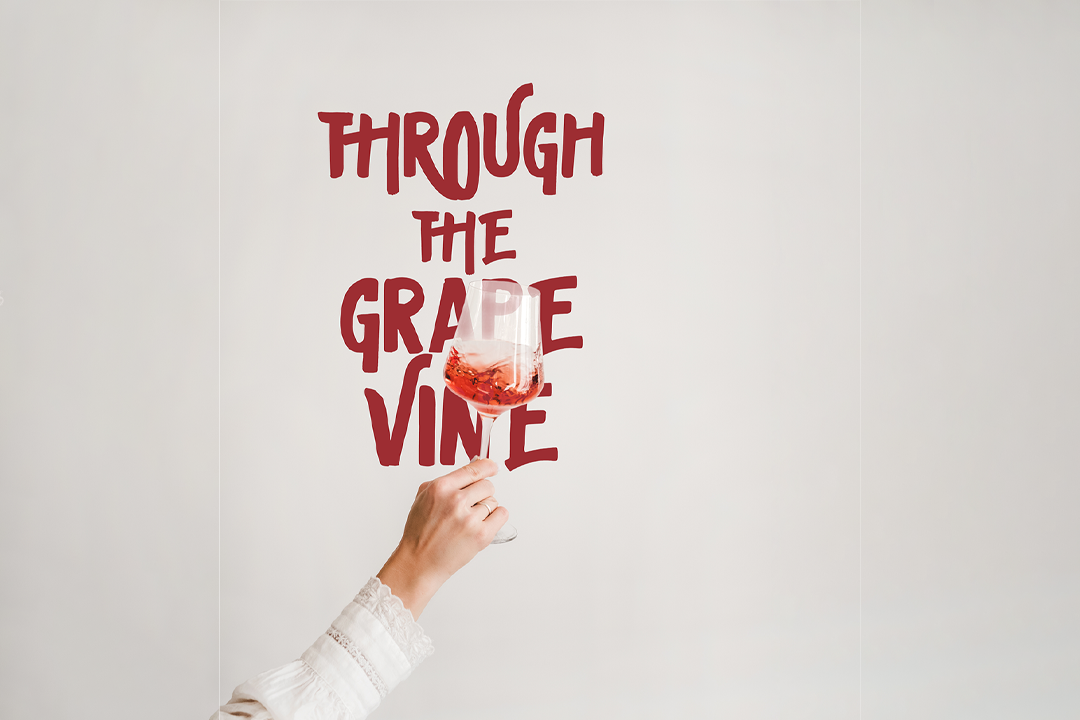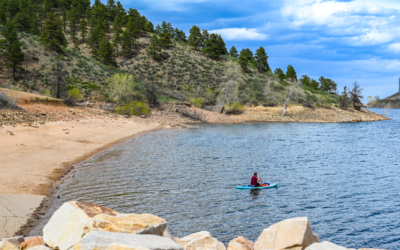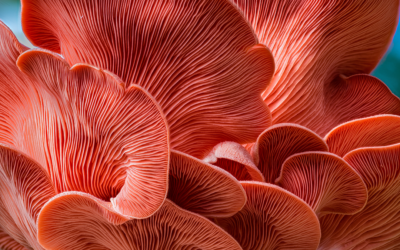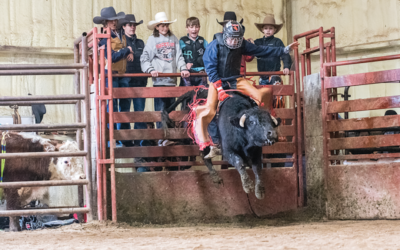Sun-drenched days spent leisurely sipping wine flights and nibbling on artisanal cheeses sound like the stuff of California wine country vacations. Now you can find those same experiences in Northern Colorado.
Although Colorado’s wine industry dates back to 1890, when Gov. George Crawford started some of the highest vineyards in the world in Palisade (an elevation of 4,728 feet), only two licensed wineries had opened in the state by 1977, according to the Colorado Wine Industry Development Board. Not long after the board was created in 1990, two American Viticultural Areas popped up in the Grand Valley near Palisade and the West Elks on the Gunnison River, defining the region’s wine-growing standards.
Today, Colorado licenses 170 wineries, including meaderies and cideries, according to coloradowine.com. Some of them are right here in Larimer County.
James Blanchard, co-owner of Sonoma County-based Blanchard Family Wines, expanded into Colorado five years ago with a production facility and tasting room at Denver’s Dairy Block. In the summer of 2022, he opened another tasting room at The Exchange in Fort Collins, and he opened a smaller tasting room in Golden last summer.
“We saw a growing food and beverage scene in Colorado with an established wine industry that people didn’t embrace like the beer culture,” Blanchard says.
His goal? To teach locals how great Colorado wine can be.
He’s achieving that by collaborating with Colorado vintners, marketing other Colorado wines in his tasting rooms and hosting the Colorado Wine Walk, a festival promoting Colorado wines. This year, the Colorado Wine Walk will take place at The Exchange on June 23 and the Dairy Block on April 14 and August 24.
“Introducing high-quality wines from the Western Slope—which isn’t conveniently accessible for most of Colorado—to mountain towns and Front Range cities helps grow the exposure,” he says.
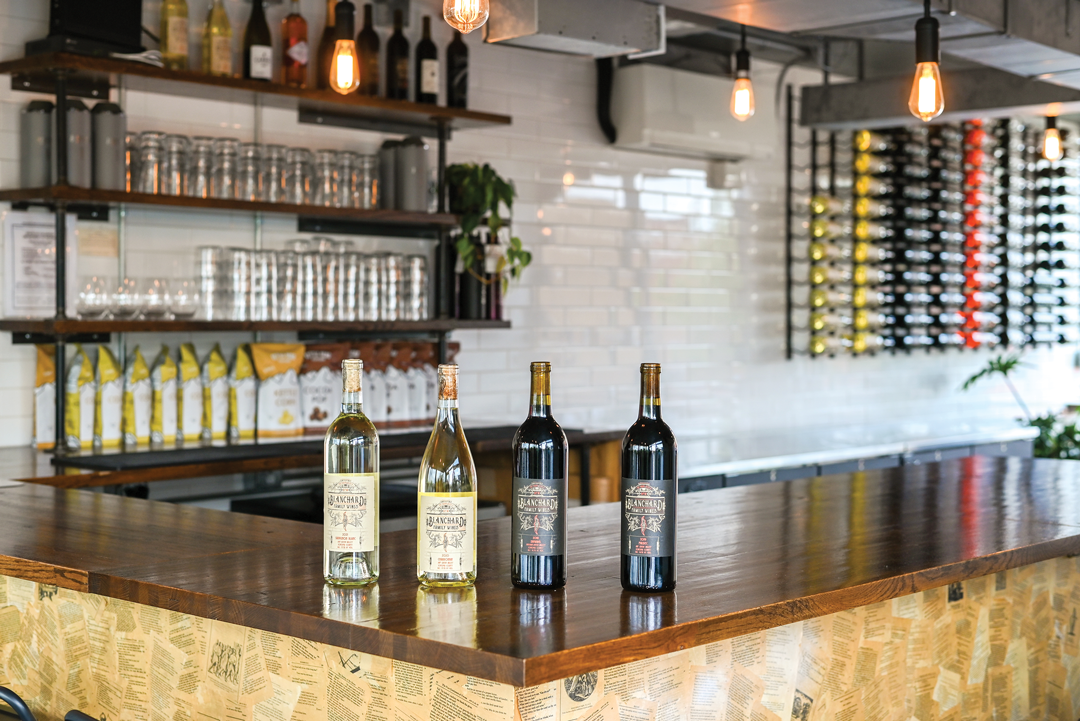
Several Blanchard Family Wines: 2021 Sauvignon Blanc, 2020 Chardonnay, 2018 Zinfandel and 2019 Malbec.
A challenging climate
California’s wine industry was founded on French, German and Italian winemaking standards and has generations of history and experience, Blanchard says. In comparison, Colorado’s younger wine industry has both newcomers and transplants who want to make wine work on a new frontier, he says.
Unlike California’s large, corporate wineries, Colorado’s wineries are mostly family-owned and -operated. The craft wine industry here is less experienced and more intertwined, Blanchard says, and innovation shows up throughout the production process.
In winemaking, everything matters, from the soil and elevation to the climate, rainfall and where and when the grapes are harvested. Both Colorado and California have dozens of different soil compositions, but Colorado’s unpredictable and sometimes extreme weather creates additional problems.
“Colorado’s weather patterns offer challenges because they’re distinctly different from year to year, unlike California’s, which is fairly consistent,” Blanchard says.
Candice Mohr’s husband, Erik, is the winemaker at Snowy Peaks Winery in Estes Park. Sitting at 7,500 feet, it’s one of the highest wineries in the state. Snowy Peaks uses Colorado grapes, except in 2021 when a freeze wiped out the entire harvest, forcing the Mohrs to buy grapes from Washington that year.
Shipping grapes in refrigerated trucks from Palisade is challenging because Snowy Peaks is isolated from main Front Range cities, and delivery times aren’t reliable. Although the Western Slope’s altitude and dry climate lower the likelihood of pests, wasps sometimes suck the juice out of the grapes, and downy mildew can make wine taste funky.
However, higher altitudes result in wines that are more concentrated and hold the fruit aromas longer, Candice says. That’s because there’s lower atmospheric pressure, drier air and less oxidation.
These factors have led to Snowy Peaks winning more than 260 awards, including eight double gold medals. Many of these were for their Governor’s Cup Collection wines, including Élevé Red, a Rhone-style blend of Syrah, Petite Sirah and Mourvèdre with an aroma of apples and earthy mushrooms.
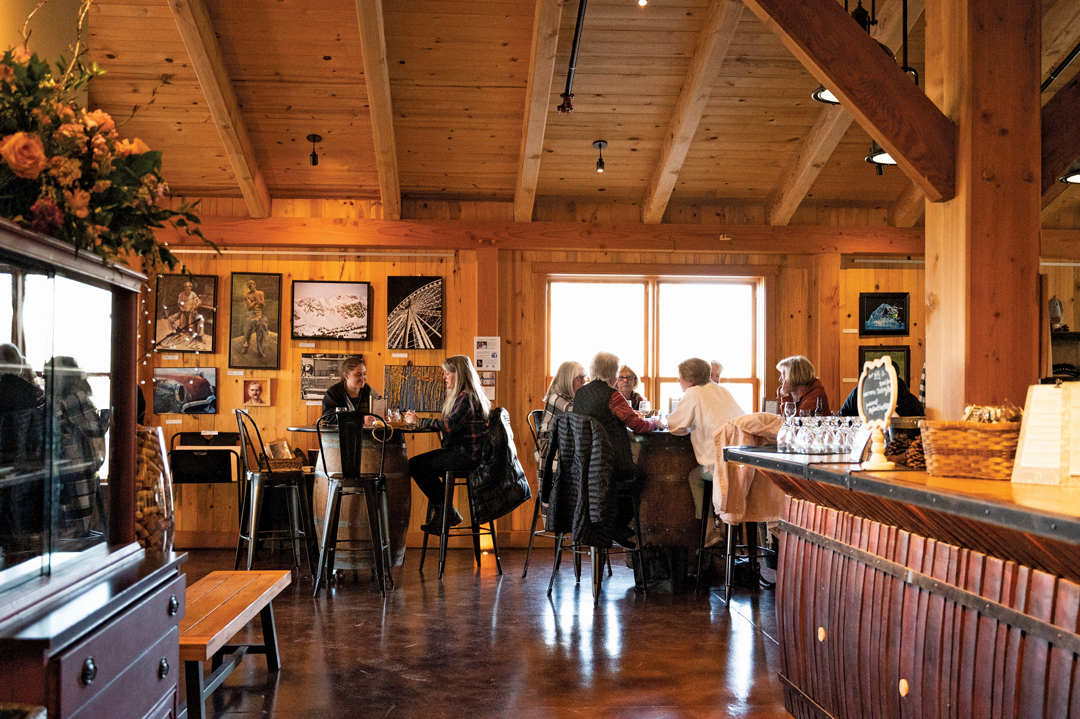
The tasting room at Sweet Heart Winery.
Sourcing quality grapes
A vintner’s medium is the grape. There are thousands of stylistic choices to consider when creating wines, including the species of grape, the yeast type for fermenting juices and the amount of skin contact from crushed grapes. The color, flavor, aroma and fermentation temperatures also play a role.
Different species of grapes are crossbred to create hardy types that thrive in cooler temperatures, called “hybrids,” and growers are constantly creating new ones through academic research and cultivation. Though most of Blanchard’s grapes come from California, last year they made four new Colorado wines using hybrid grapes grown in the Grand Valley. A popular red varietal is their Grand Valley Petite Pearl.
“Each expression of a hybrid is unique because winemakers are new to these styles and there aren’t accepted standards yet,” Blanchard says.
Berthoud’s Blue Mountain Vineyards grows some of its grapes onsite. They dedicate seven acres to growing hybrids developed from crossbreeding at the University of Minnesota and in Wisconsin, says vintner Laura Eberle. While they also source grapes from California, hybrid-produced wines are their bread and butter, she says.
“The goal was to find cold-hardy grapes that thrive in less ideal climates than California and Europe, even below 0° F,” she says.
A fan favorite is Frontenac, a French-American hybrid that produces fruit with high sugar and acidity levels. Blue Mountain uses Frontenac grapes for its port-style dessert wine, Christie’s Blend, which is known for its notes of cherry and other red fruits. Another popular grape hybrid is La Crescent, which produces off-dry to sweet white wines with apricot, peach and citrus characteristics.
David Burks, owner of Sweet Heart Winery, sticks with California fruit, buying two-to-five tons of grapes every fall to make their varietals. He partners with brokers to get the grapes he wants, sourcing old-vine Zinfandel grapes from Lodi in Central California as well as grapes from Sonoma and Napa counties. His Southern Mediterranean wines, including Malbec and Tempranillo, come from Yolo County grapes because the climate is slightly warmer there, creating the right balance of sweetness and acidity. He’s recently started making a Cabernet Sauvignon from Paso Robles too.
The cost of grapes depends on supply and demand as well as a region’s size: Paso Robles grapes cost $2,800 a ton, compared to $1,300 for Yolo County fruit. Grape costs are reflected in the bottle price, although Sweet Heart tries to keep their prices lower than comparable California wines.
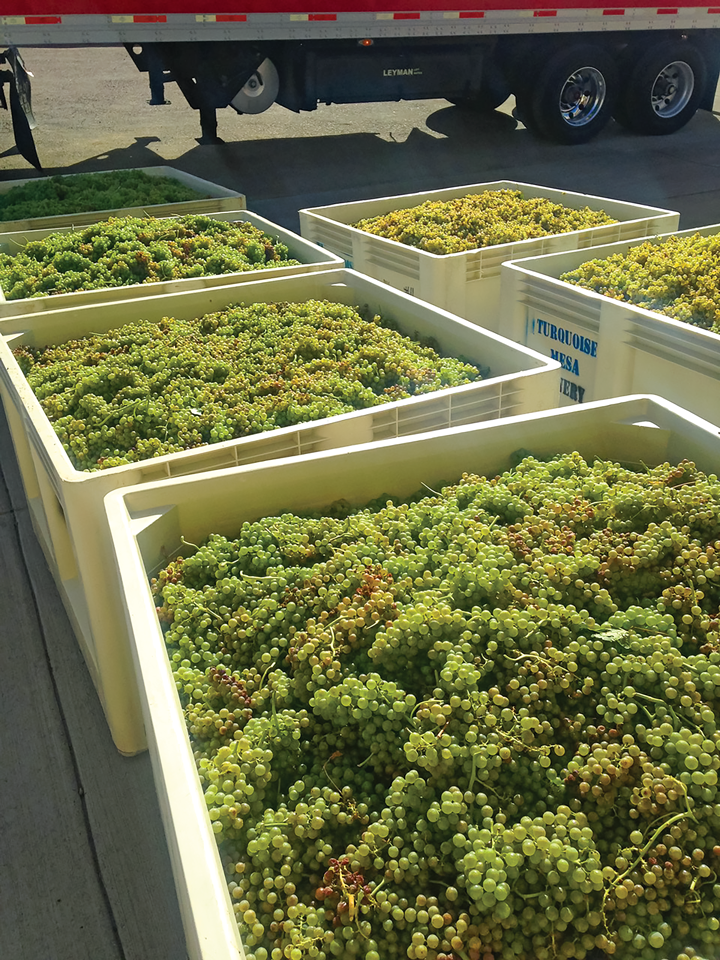
Snowy Peaks Winery sources grapes from vineyards on the Western Slope.
Craft wine-making methods
Burks says his wines rival many produced in California due to his craft wine-making methods.
“Our smaller scale (about 30,000 bottles or 2,500 cases per year) allows for complexity and body in our wines,” he says. “Our reds are barrel aged for 24 to 36 months, unlike many California wines that are produced in giant stainless steel tanks.”
Other craft methods include manually punching down grapes during fermentation in open-topped tanks to extract more solids, a desirable quality in wine. Aging wine in oak barrels is another technique, though it’s expensive.
“Every month, wine evaporates out of the barrel—it’s called ‘the angel’s share,’” Burks says, “but barrel-aging thickens wine through evaporation, creating viscosity through micro-oxygenation as air exchanges through the wood pores over time.”
His methods meld these old-world techniques with new-age chemistry, like balancing sulfites to keep his wines tasting lively and fresh, not funky. He also uses cultured yeasts developed from strains that reliably ferment.
Blue Mountain uses artisanal wine-making techniques too, like crushing Frontenac grapes by stomping on them and then aging them in French oak barrels for at least six years to get a rich mouthfeel and flavor.
Not all wine is made from grapes
Hunters Moon Meadery is owned by Kim and Greg Bowdish. The Severance meadery sprang into existence in 2010 thanks to Kim’s allergies to everything in beer and the couple’s beekeeping hobby.
Produced from fermented honey, mead is often made with gluten-free wine yeast. Three pounds of honey produces five 750 mL bottles of mead with 12 percent ABV.
Low overhead keeps the Bowdishes’ award-winning meadery successful; they have no employees and no rent because they operate a production facility and appointment-only tasting room in a building behind their home. The minimal cost also allows Greg to age their meads for nearly a year after fermenting them into very dry alcohol and before “sweetening back” with more honey, fruits, tea or spices.
For 12 years, the Bowdishes’ bees produced honey from 60 hives. But a combination of pesticides, insecticides and the varroa mite (a parasitic mite that feeds on adult bees’ lymphatic systems), has killed most of the bees. They’re currently down to seven hives.
Now the couple buys a lot of their honey, like most of the robust U.S. craft mead industry does. Hunters Moon buys theirs from the Colorado Honey Company, a family-owned business that sources their honey from many beekeepers statewide and operates a distribution facility in Loveland.
Last year, Hunters Moon produced 3,000 bottles of mead. They hope to increase that to 7,500 bottles annually to meet the distribution demand, including area liquor stores and craft beer pubs. Soon, it’ll be available on tap at the Future Legends Sports Complex in Windsor.
The ancient art of mead-making is no honeymoon, though the word “honeymoon” originated from the tradition of giving a month’s worth of mead to a newlywed couple to ensure their progeny, Greg says. As with all agricultural products, what you get depends on whatever Mother Nature dishes out.


